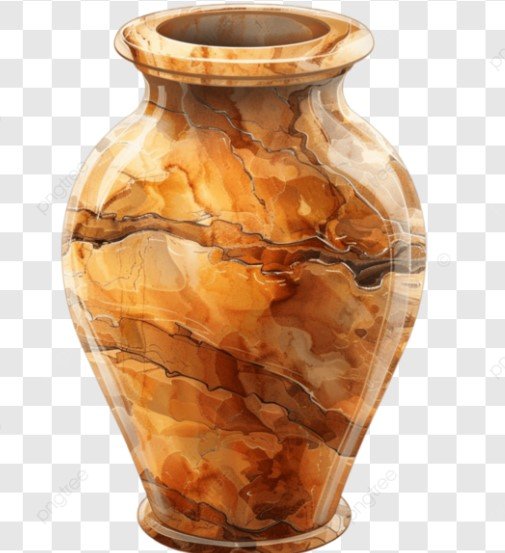A stunning discovery from an ancient alabaster vase shows clear signs of opiate use in Egypt over 2,500 years ago. Researchers found opium traces in the vessel, inscribed with the name of Persian king Xerxes I in four languages, offering fresh insights into pharmacology during that era.
This find comes from the Yale Babylonian Collection and marks a key moment in understanding how elites in the Achaemenid Empire handled potent substances. The vase, dated to around 485-465 BCE, links to broader trade networks and raises questions about similar items in famous tombs like Tutankhamun’s.
The Vase and Its Inscriptions
Experts examined the vase using advanced lab methods and detected alkaloids from the opium poppy. These include morphine, thebaine, and papaverine, which match the plant’s chemical makeup.
The vessel stands about 22 centimeters tall and holds roughly 1,200 milliliters. Its inscriptions in Old Persian, Elamite, Babylonian, and Egyptian hieroglyphs all praise Xerxes as the “Great King.”

This quadrilingual setup points to the vase’s role in diplomatic or royal exchanges. Similar vases have turned up in places like the Mausoleum at Halicarnassus, showing a pattern of production in Egypt for Persian rulers.
Historians note that such items often moved through elite networks, blending Egyptian craftsmanship with Persian influence.
How Scientists Uncovered the Opiates
The team used nondestructive techniques to sample the vase without harm. They applied gas chromatography-mass spectrometry to identify the compounds.
This method confirmed the presence of opium, a first for this type of inscribed Egyptian alabastron. The findings appeared in a recent study led by Andrew Koh in the Journal of Eastern Mediterranean Archaeology and Heritage Studies.
Researchers avoided damaging the artifact by using gentle extraction methods. Their work builds on earlier studies of ancient pharmacology, where plant residues reveal past medical or ritual practices.
The opium traces suggest the vase once held a mixture possibly used for pain relief or ceremonies. This ties into growing evidence of drug use in the ancient world.
Key compounds detected include:
- Morphine: Known for its painkilling effects.
- Thebaine: A precursor to modern opioids.
- Papaverine: Used to relax muscles.
- Noscapine: Helps with cough suppression.
Links to Other Ancient Discoveries
This vase connects to broader patterns in ancient Egypt. Similar containers in Tutankhamun’s tomb might also hold opium residues, based on recent analyses.
Experts speculate that opiates played roles in medicine, rituals, or even recreation among elites. The Persian-Egyptian ties under Xerxes highlight cultural exchanges during the Achaemenid period.
Recent digs and lab work on Ptolemaic artifacts, like a Bes vase from the 2nd century BCE, have shown hallucinogenic substances. These finds build a picture of sophisticated ancient drug knowledge.
| Artifact | Location | Key Finding | Date |
|---|---|---|---|
| Xerxes Vase | Yale Babylonian Collection | Opium alkaloids | 485-465 BCE |
| Bes Vase | Egypt | Hallucinogens | 2nd century BCE |
| Tutankhamun Vessels | Valley of the Kings | Possible opiates | 14th century BCE |
| Caylus Vase | France | Inscriptions only | 5th century BCE |
This table shows how the Xerxes vase fits into a timeline of related discoveries.
What This Means for History
The discovery challenges old views on ancient drug use. It proves opiates were not just for distant regions like Mesopotamia but integrated into Egyptian society.
Scholars see this as evidence of advanced pharmacology. Opium poppies likely came through trade routes from Asia Minor or the Levant.
In today’s context, this echoes modern debates on opioids, from medical uses to addiction risks. Ancient texts mention poppy-based remedies, supporting the lab results.
The find also boosts interest in museum collections. Institutions like Yale now use tech to unlock secrets from stored artifacts.
Future Research Directions
Teams plan to test more vases from the era. This could reveal patterns in how opiates spread across empires.
Collaborations between archaeologists and chemists will likely grow. They aim to map ancient trade in medicinal plants.
Public interest has spiked, with social media buzzing about the “doped” artifacts. This could lead to new exhibits or documentaries.
Experts warn against overinterpreting the data. While exciting, it needs more context from digs and texts.
The vase’s story reminds us how science revives the past. It connects modern labs to ancient kings.
Share your thoughts on this ancient mystery in the comments below. Did opiates shape history more than we knew? Spread the word to fellow history buffs.
